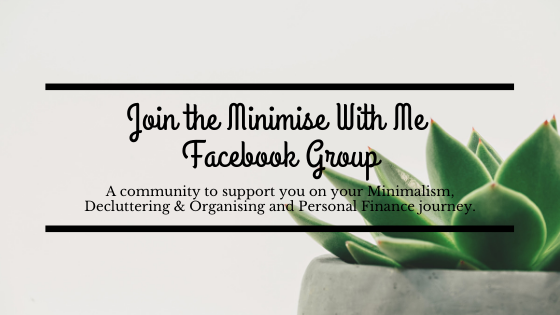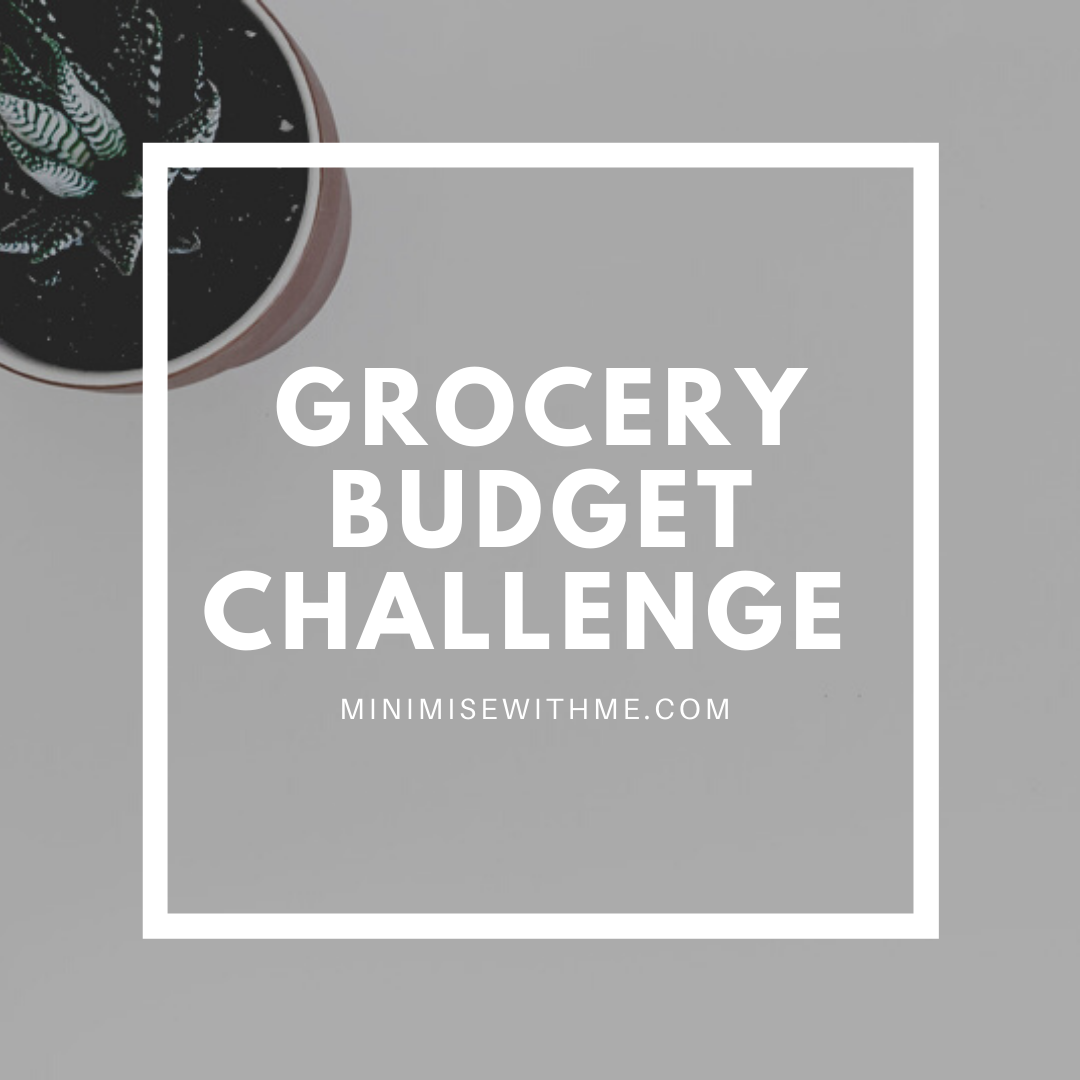Sometimes finding more ways to save money can seem too hard, especially with the rising cost of living, it seems like everything is going up!
You research tips and think to yourself how is saving $12 a month on bank fees or a few dollars on a coffee really going to have any impact on my savings? How will that help me get on top of my debt or save for a holiday?
It may all seems like too much effort with limited results, but it is important to stay focused on the bigger picture.
Savings can be found anywhere you spend your money.
In order to find savings, you need to look at where you currently spend your money and get creative about ways to reduce that expenditure.
It could be as simple as a phone call to ask for a better deal, or taking ten minutes to research something a little bit more before hitting the buy button.
Becoming complacent about spending can end up costing you more than you may realise. And with most expenses being something you fork out for each year, saving more money sooner than later really pays off!
Here are 11 Everyday Tips to Help You Save Money. Each one alone may only give you a small increase in your savings, but together they can make a big difference over the space of a year, and the less money that comes out of your pocket day to day – the better for your savings goals!
11 Everyday Tips to Help You Save Money
1. Review insurance annually
Shop around for all insurance bills annually. Insurance can increase significantly year to year and most companies will take advantage of loyal customers who don’t put the time in to compare what they are being charged.
Most insurance companies offer quick online quotes and allow you to adjust the market value and excess coverage in order to get a true comparison and potentially save on your premium. Within minutes you can have a few price comparisons for the insurance you are renewing and be well on your way to saving money. I’ve often saved hundreds of dollars each year reviewing my insurance before renewing it.
Do your best to review these insurance prices every year to save:
- Car insurance
- Greenslip (medical vehicle insurance)
- Home and Contents Insurance
- Health Insurance
- Death and Permanent Disability Insurance
- Income Protection Insurance
- Mobile Insurance
Another option, once you have some online quotes for reference is to call your insurance provider to ask if they can make you a better deal on your insurance premium.
Whilst you are there, consider if you even need the insurance you are paying.
Insurance is highly recommended when it comes to things that can ‘change your life’ such as home insurance or health insurance. If you own a car that is only worth $1,000, you might save some money on insurance premiums by buying Third Party Fire and Theft insurance cover, rather than comprehensive insurance (so you are covered if you hit someone or something, but you aren’t paying to cover your car if it gets totaled).
If you are paying for insurance premiums like mobile insurance or extended warranties, you might be able to just cancel those as they aren’t going to “change your life” if they break. You are probably better off just setting some money in a savings account in the event that you need to replace those items.
2. Only shop when you have something specific in mind
Avoid going to the shops unless you specifically need something, particularly if the only reason you are shopping is that you are bored.
Make an ongoing list in your phone or planner of what you need as you think of it (I use Trello + it’s free! *Not sponsored just something I love) and take your list with you on your next trip to the shops.
Sticking to a list will allow you to limit your shopping to specific stores and aisles, helping you avoid the temptations of items not on your list. Not only will this help you save money but also save time, allowing you to use your time more wisely such as on a side hustle to help you pay off debt.
3. Shop around for mobile phone plans regularly
Phone bills can add a significant cost to your annual budget. To save money shop around for phone plans, particularly if you are on a no-lock-in contract arrangement and have the flexibility to move around.
Phone companies are always updating offers to attract new customers and if you haven’t researched in the past twelve months what offers are available to you, you may be losing out on some amazing savings.
By changing my phone provider, I was able to take up a phone plan for new customers that was half the price I was paying to my current provider for the same inclusions. This added up to a saving of $210 in the first year. It may not sound like a lot but that saving alone covers my gym membership for the next four months and that is definitely money better spent on my health.
4. Limit dining out
Limit eating out where possible. With food delivery options at our disposal, it can be very tempting to just order food out more often than we should when it comes to our budget.
If you do want to go out, buy the meal you most prefer to eat out whether that is breakfast, lunch, dinner, or dessert. For me personally, I can easily make toast or pancakes at home so I would rather use my dining out budget to pay for dinner which is something much more time-consuming for me to create. I often opt for take away now, over dining in so I can drink my preferred drinks at home at a fraction of the cost (Coke’s are now $5 AUD at restaurants and I’m not loving it) and save more on dining out.
For dessert, often instead of paying $30 on top of our dinner bill at a restaurant, I’ll opt for ice cream at the movies or occasionally have some store-bought waffles on hand in the pantry which comes out much cheaper and certainly doesn’t seem like a sacrifice to me!
If you have a dinner outing that you don’t want to miss, opt for one of the cheaper menu items so you can socialise whilst avoiding blowing your budget. Alternatively, staying home and making dinner with friends or your partner is always a good compromise.
5. Start with reducing one of your regular expenses
What do you buy regularly? Is it coffee? Chocolate? A soft drink at lunch? Pick one expense you buy regularly and try and reduce your spending on that one item. If you love coffee, buy a good quality coffee to have at home and bring your reusable coffee cup out with you.
Can you bring in a bottle and have water at lunch instead of spending $4 daily on a coke? Or just bring a can from home at a cost of $0.50 saving you $3.50 for each drink.
Could you cut back on buying the pricey vending machine chocolate on your afternoon tea and just bring some from home? Even if you just cut back slightly, or even make small reductions to a regular expense that will give your savings a kick start. Once you have swapped out one, try adding another!
6. Create a wish list with a wait period
Sometimes we don’t even realise we are making impulse purchases and taking a step back, or waiting just 24 hours to think about a purchase can help us be more intentional with what we are buying and bringing into our homes.
Creating a wishlist is a great way to think about future purchases. When you come across something you want to buy, write it on your wishlist (again I use Trello for this!) and try and wait a period of time such as 30 days before buying the items you have listed. This will help you to avoid impulse purchases and make more informed decisions.
A wishlist allows you to truly assess whether this new purchase is a need or want if it will add value to your life and whether you want to part with your hard-earned cash in exchange for it. It also allows you time to consider other products, look into reviews, ask friends for recommendations and do price comparisons to make sure you are getting the best product for your needs at the best price.
Your wait period can start small and you can gradually increase it to what suits you. To begin with, set a goal to walk away from the shop, and say to yourself if I really want this I will come back to buy it before I leave. If you still want the item when you are ready to leave you’ll make the effort. I have saved so much from this method alone as it is a lot of effort to go back to a store.
Making educated purchases can help you avoid suffering any buyer’s remorse, having to go through the hassle of a return, and save you any disappointment in your purchase.
7. Review your utility plans
Have you been paying your utility bills on autopilot without reviewing what plan you are on? A quick call to your service provider or an online search for us Millenials who hate phone calls can save you hundreds in a matter of minutes. By contacting my utility provider I was able to switch to a new plan that offered a 16% discount for on-time or early payment. A quick ten-minute phone call has added up to hundreds of dollars of savings that have helped us to save money and significantly reduced our utility bills.
8. Unsubscribe from store mailing lists
We are constantly exposed to advertising whether it be on the radio, TV, Youtube, or when we are checking our email. I even get a little ad at the bottom of my new TV, these ads are unrelenting!
My inbox is constantly being populated with new sales and offers from stores and became an unnecessary distraction. Unsubscribe to your unwanted shopping email subscriptions as they come into your inbox. When you aren’t being informed on sales 24/7 you will reduce the desire to go shopping and buy unnecessary things as well as the fear of missing out. Instead of having advertisements telling you what you need to buy, you can be more intentional and only add to your wish list the things that you need.
No knowing about a holiday or store sale is so freeing and goes a long way to help you spend your money with intention.
9. Stop paying ATM and monthly bank fees
No one likes paying bank fees, there is no benefit to us for these costs which makes this expense a great place to start saving money. Learn where your bank’s local ATMs are and avoid withdrawing cash from other bank tellers.
Each withdrawal is at $2.50 or more which does add up, particularly if you are only withdrawing small amounts. Think ahead or pay by card where you can. Consider getting a card that gives a 100% ATM fee rebate. More and more banks are offering this now which is great to see!
I recently used my bank card overseas and saved $$$ on international transaction fees as they were reimbursed by my bank (do your research before travelling to see which bank card will be best for you when travelling).
Another expense that adds up is monthly bank fees. If you are being charged a monthly bank fee, contact your bank and ask them to waive fees on any bank account. Generally, they will if you deposit a certain amount or more into the account each month. If you are being charged monthly bank fees on your mortgage consider changing your home loan to a fee-free one (this always grinds my gears, I refuse to pay banks a fee for the privilege of paying them interest) or asking for those fees to be waived. These small banking fees add up month to month, year after year, and are much better in your bank account.
10. Review your super accounts
Do you have one superannuation account for every job you have had to date and have yet to consolidate them? Each superannuation account charges administration and investment fees, and insurance fees which you could be paying for twice, or more across multiple accounts. By having more than one superannuation account you are throwing away a large chunk of your retirement savings.
Consolidating your super is a lot easier than some might think. Most super funds just require you to fill in a Consolidate Your Super form and will contact your other superannuation fund to transfer your balance into your new account on your behalf. You can learn more about this process here. It may seem like your retirement is a lifetime away but every dollar you can save today is going to make your life a lot easier in the future.
11. Sign up to your local library
I recently joined my local library after hearing about the access to borrowing eBooks and audiobooks. I never go to the library, but could not pass up access to free ebooks and audiobooks on my phone. You only have to go to the library once to sign up and after downloading the OverDrive app you can borrow eBooks and audiobooks for free without having to leave your chair.
I’ve listened to and read countless audio and eBooks this way. If you aren’t too set on only reading physical copies this is a great way to read more and save money on buying books. They might not have every book you are after but you can go on a waitlist for your preferred one.
There you have it, 11 Everyday Tips to Help You Save Money. I hope these were helpful for you to save some extra cash this year.
Do You Want to Learn How to Spend Your Money With Intention?

You can learn more about Minimise With Me Financial Coaching services via the link below.
Which one of these are you going to take action on in the next 7 days? Comment below with your favourite you want to get started saving with!












